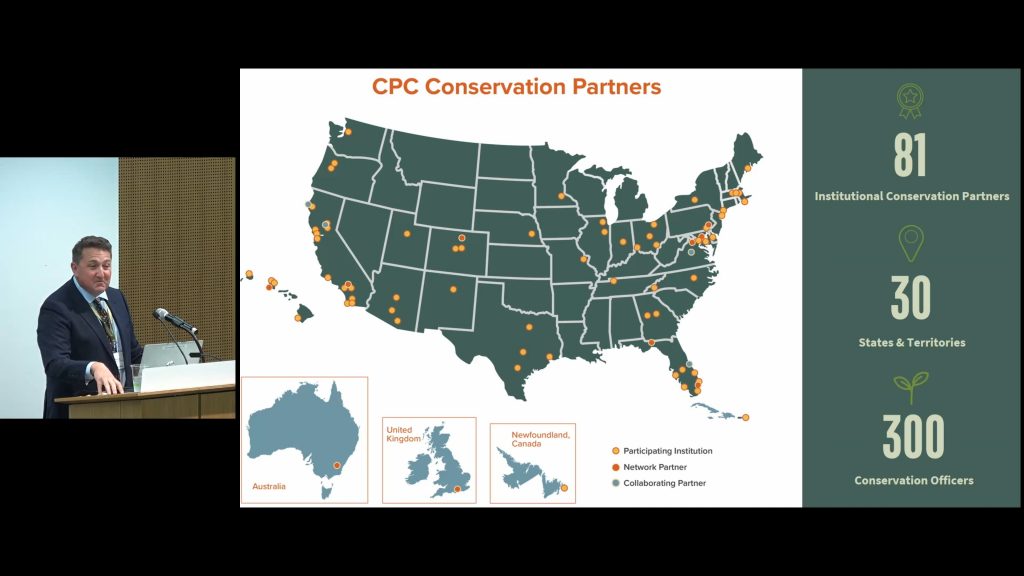
At the 2025 National Meeting, CPC staff presented the latest happenings underway at the National Office. CEO Dr. Wes Knapp delivered a presentation sharing stories from his botanical career and reinforcing CPC’s mission to prevent plant extinction. Complemented by strategic updates from Director of Communications and Public Programs Shannon Fowler and Conservation Program Manager Tina […]
Read More…
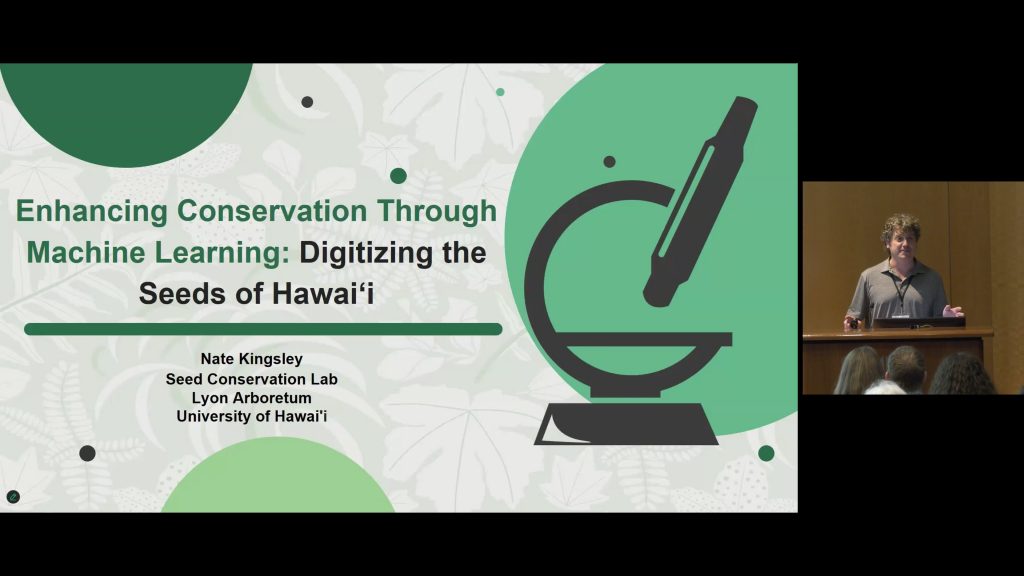
Seed banks are critical resources for ex-situ conservation and biological research, serving as one of the most effective approaches for conserving resources essential for habitat restoration. Despite their utility for research, limitations to accessibility do exist. Travel restrictions, such as time and funding, might impede researchers from accessing seed collections for in-person visits. Further, many […]
Read More…
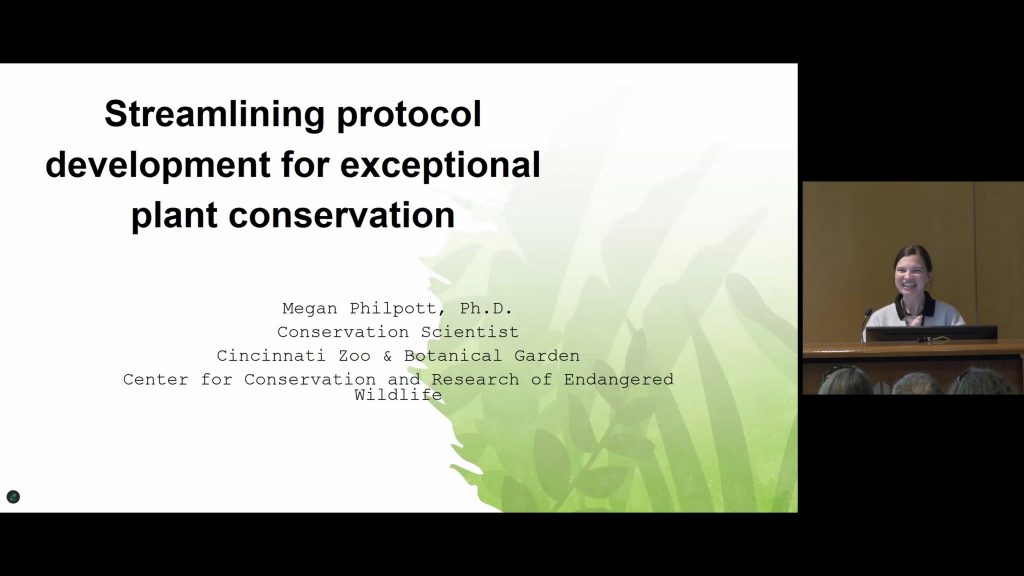
The need for simple, efficient, and streamlined exceptional plant conservation methods is great, with an estimated 50% of plant species projected to require cryopreservation for long-term banking. But techniques remain species-specific and require specialized skills for development, preventing their widespread use among gardens for long-term conservation. In order to truly grow capacity in exceptional plant […]
Read More…
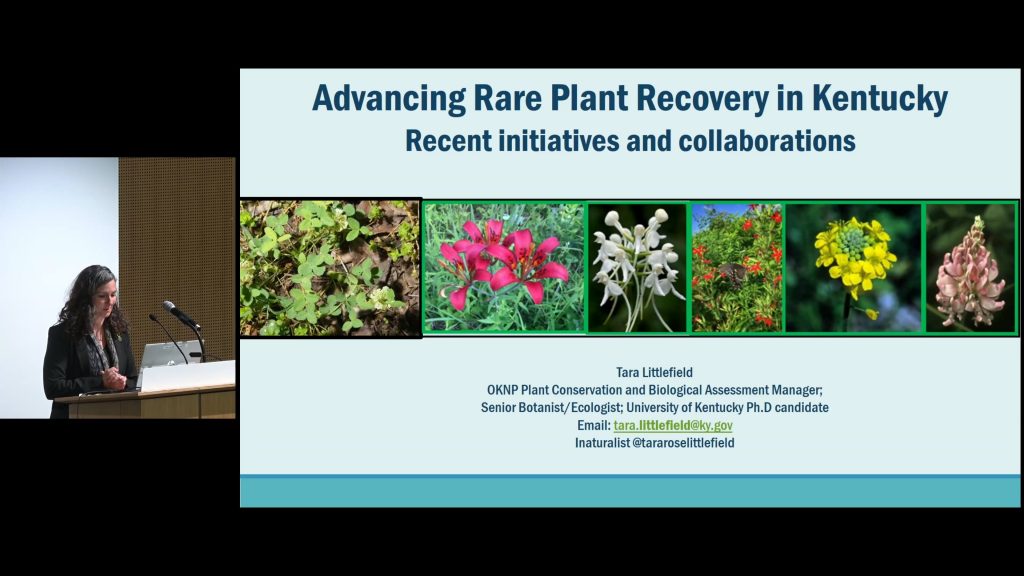
The Office of Kentucky Nature Preserves (OKNP), Kentucky’s natural heritage and natural areas program, leads numerous in situ and ex situ plant conservation projects across the state, with the goal of conserving Kentucky’s rare plants in their natural habitats. We accomplish this through targeted surveys, population monitoring, species and community level management, land acquisition, education, […]
Read More…
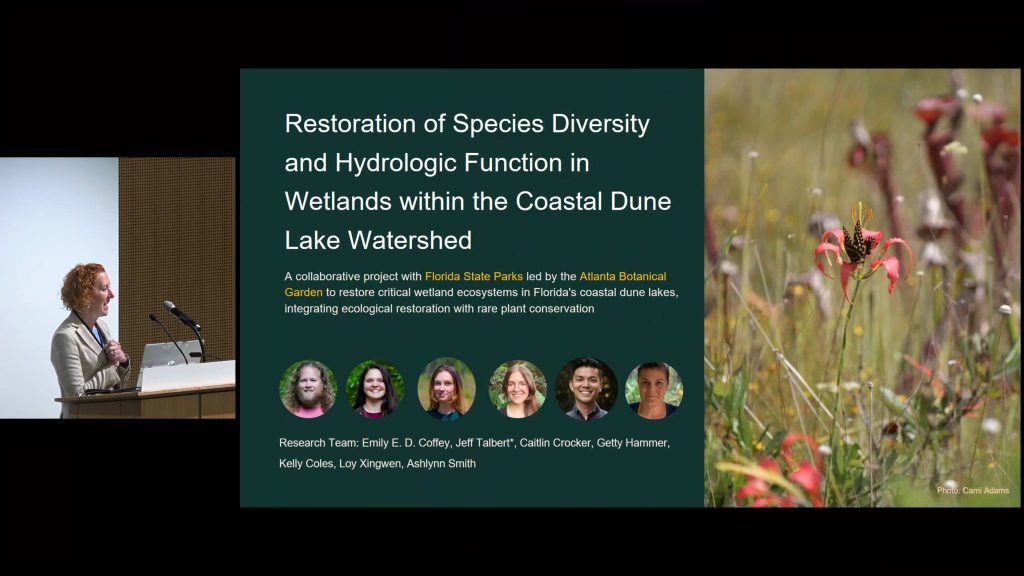
Increased coastal development and decades of fire suppression have contributed to the widespread loss of species-rich wet prairies in the southeastern United States, leading to hardwood encroachment and the degradation of these unique ecosystems. Efficient, data-driven restoration strategies are essential to returning these landscapes to a more natural, functioning state. The Atlanta Botanical Garden, in […]
Read More…
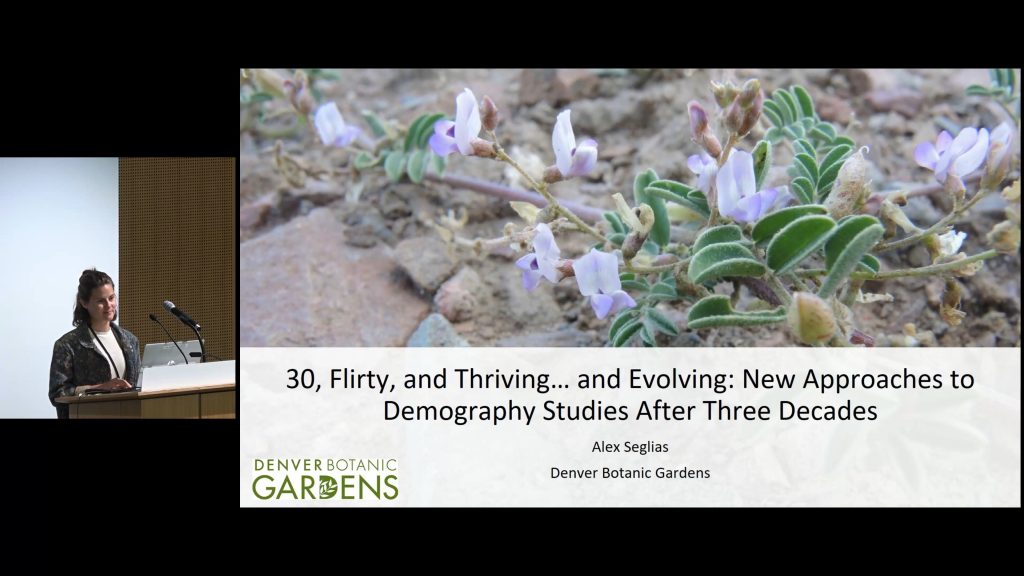
Denver Botanic Gardens has been conducting demographic monitoring studies on rare plants across Colorado for 30 years. The tried-and-true methods have persisted for decades, but new approaches and technology have greatly improved the analyses we can conduct with the data, the way we collect data, and the time it takes to input data. Case studies […]
Read More…
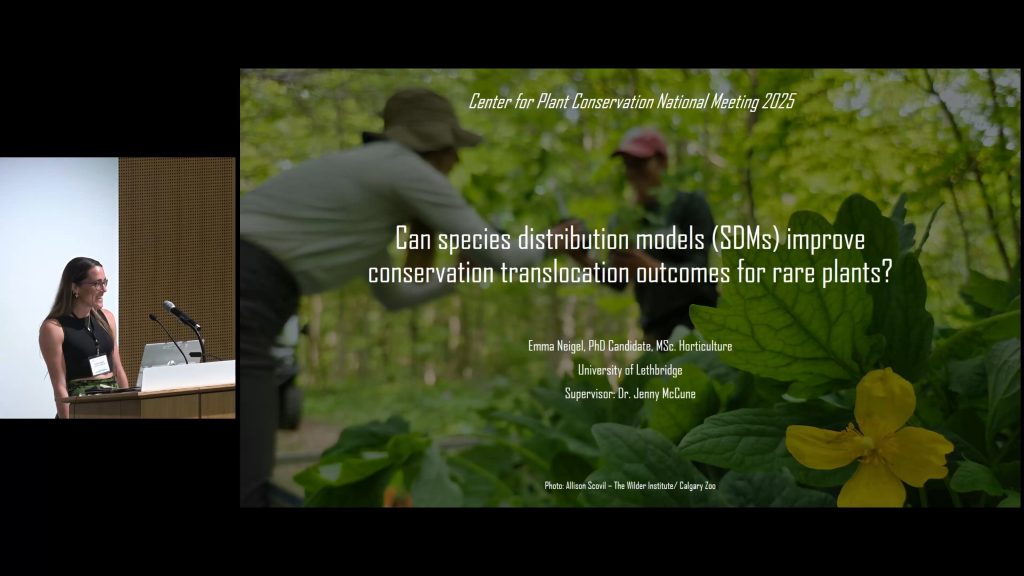
Species extinction rates are on the rise and conservation translocations offer a tool to create new, viable populations to reduce extinction risk. However, translocations often fail due to the challenge of identifying suitable habitat at new sites. Microsite conditions, herbivore presence, and competition are important factors in translocation outcomes, but a broader-scale estimate of overall […]
Read More…
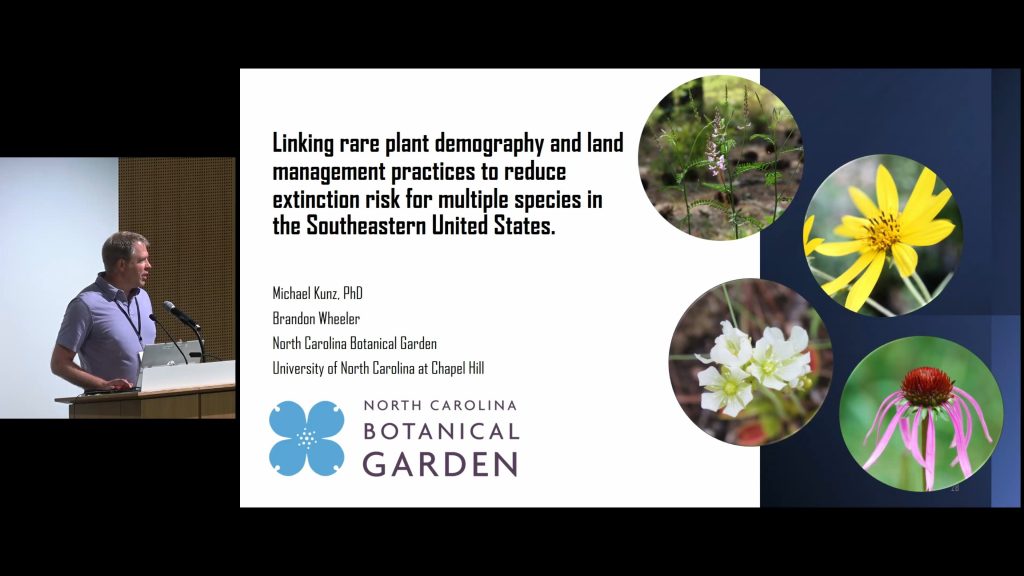
Land management decisions are often implemented on perceived optimal environmental conditions, follow a habitat-based approach, or fail to account for climate change climate change which can lead to practices detrimental to population dynamics of rare plants and increase risk of extinction. Prescribed fire, canopy thinning, and managing herbivores are common management practices and are frequently […]
Read More…
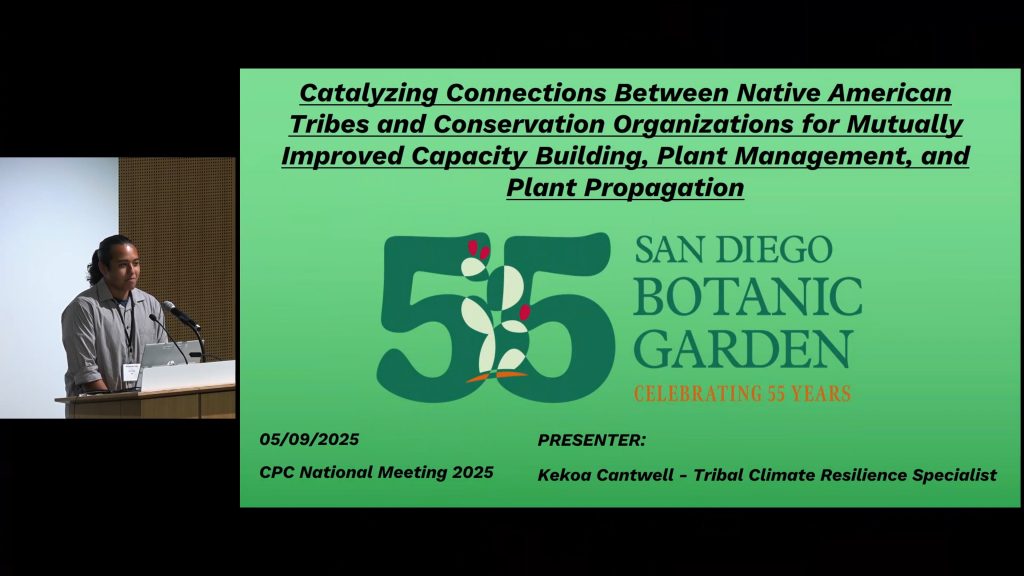
This presentation describes the emergence of a partnership network consisting of conservation organizations including botanic gardens, indigenous institutions and tribal governments throughout North America. The network emerged from a Southwest US collaborative effort among botanic gardens and indigenous partners to share conservation horticultural knowledge related to plant conservation and utilization. I will report on the […]
Read More…
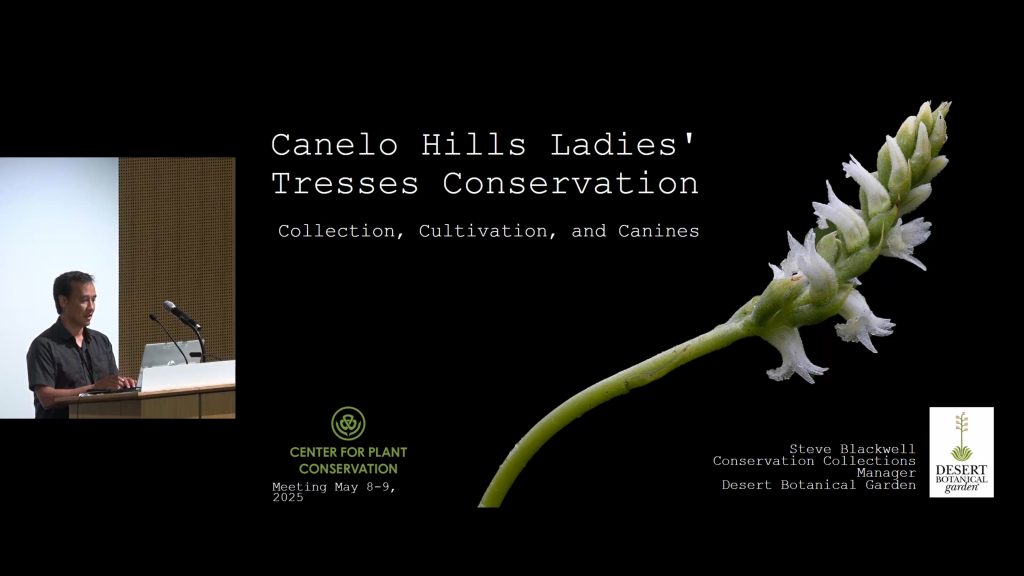
The Canelo Hills ladies’ tresses orchid (Spiranthes delitescens) is among the rarest orchids in North America, with only about 200 known individuals remaining in just two wild populations. For nearly a decade, the Desert Botanical Garden has led efforts to conserve this critically endangered species through seed banking, propagation, and an innovative approach involving ecological […]
Read More…
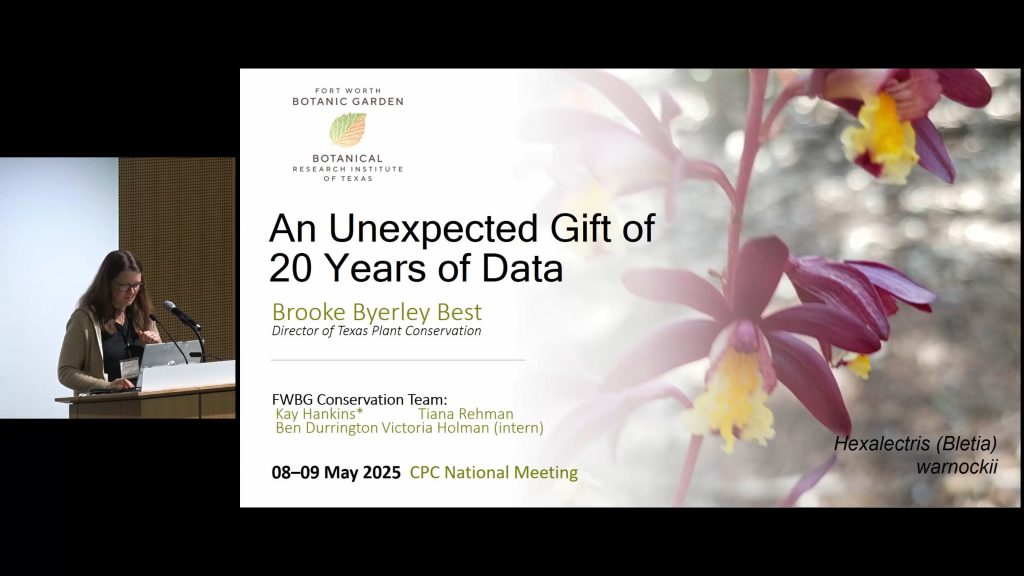
When a local group asks for your help with 20 years of rare species data, how can you say no? The Botanical Research Institute of Texas at Fort Worth Botanic Garden discusses how they came to be involved in the monitoring and research efforts of several crested coralroot taxa, including Hexalectris warnockii. […]
Read More…
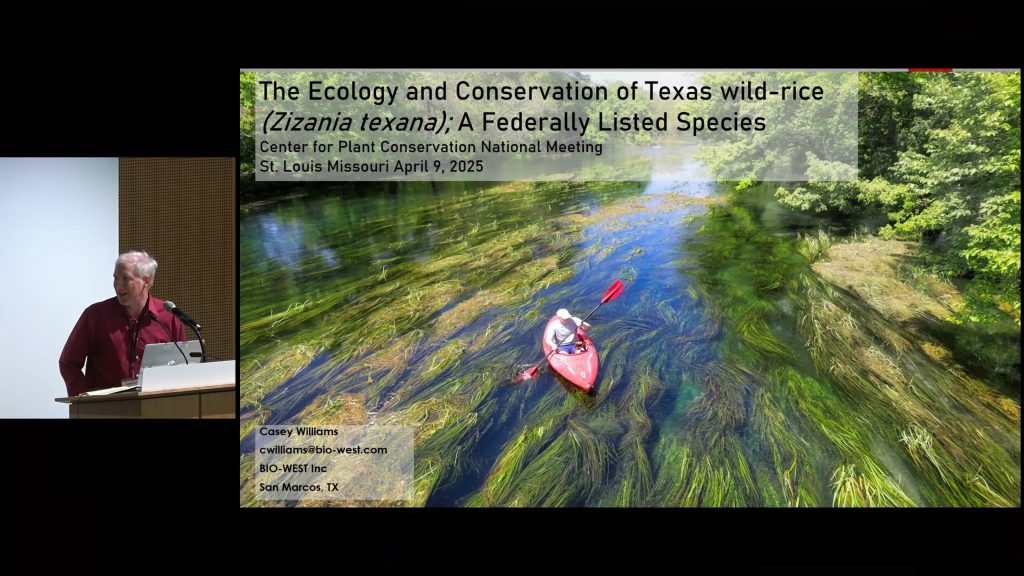
Texas wild-rice (Zizania texana) is a globally rare (G1), and federally listed endangered aquatic grass consisting of one population located in the upper 4 km of the San Marcos springs system of central Texas, U.S.A. Texas wild-rice is a unique aquatic grass. Unlike other members of the Zizania genus Texas wild-rice can grow both perennially […]
Read More…
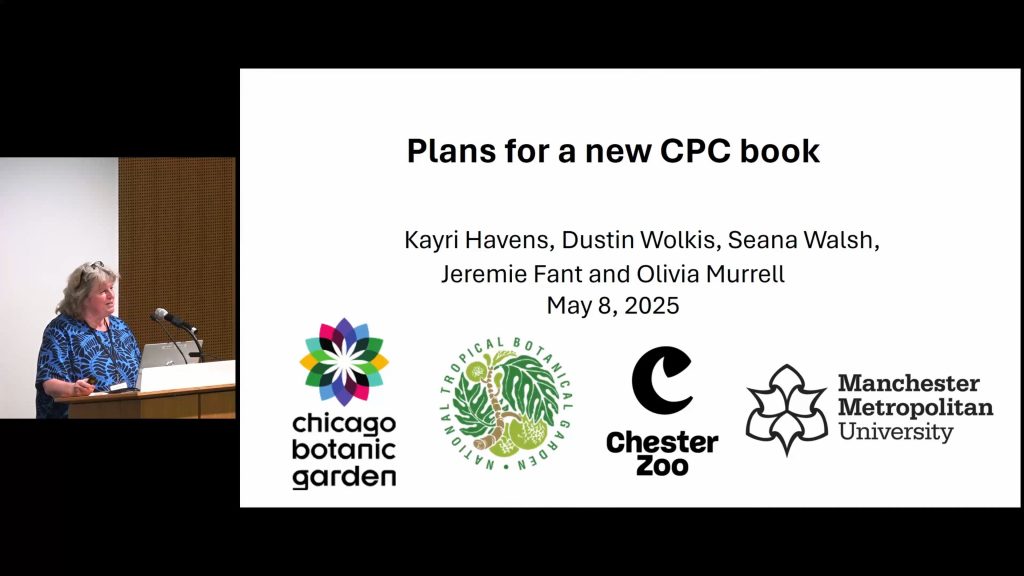
A team of CPC members from Chicago Botanic Garden, National Tropical Botanical Garden and Manchester Metropolitan University have begun work on a new edited volume that would serve as an update to the 2004 Ex Situ Conservation by Guerrant, Havens and Maunder. We will present the vision for this volume and invite attendees to review, […]
Read More…
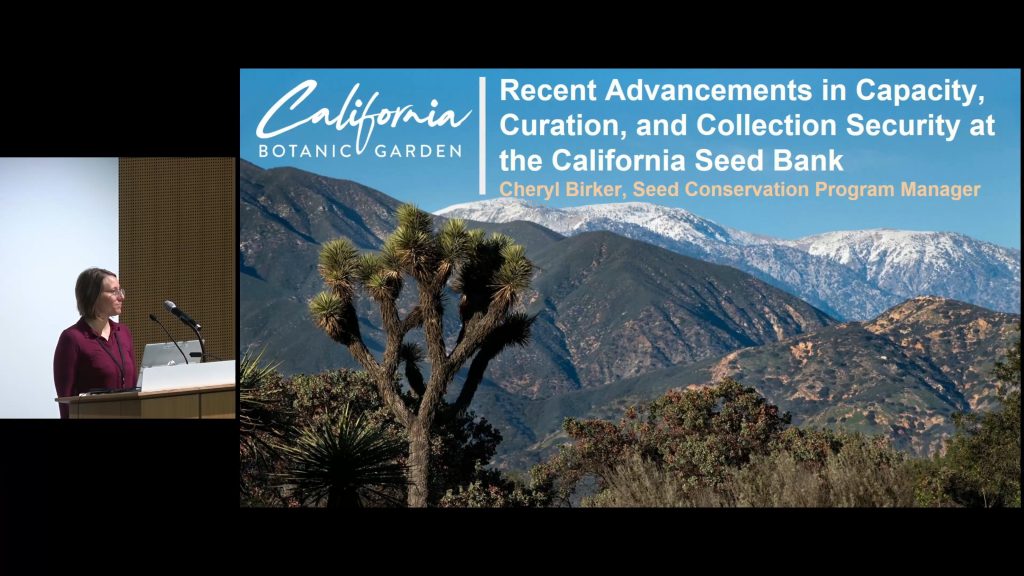
Over the past decade, the California Seed Bank has experienced significant growth, not only in the number of accessions and taxa within its collection but also in terms of collection curation and security improvements. This presentation will highlight some of these advancements, including relative humidity testing to improve storage conditions and expansion of the germination […]
Read More…

Demand for training across the global MSBP partnership is high, while capacity for training delivery is limited, with travel restriction and languages constituting additional barriers for people to access training. The new certification scheme aims to certify qualified individuals, endorsed by their organization, who will train others and provide them with training materials, tools, support […]
Read More…

The Lady Bird Johnson Wildflower Center is a field station of the University of Texas at Austin and the State Botanic Garden and Arboretum of Texas. The Wildflower Center has been banking seeds of rare and other native plant species since 2001. Management of the largest conservation seed bank in Texas has presented both challenges […]
Read More…

In this presentation we will explore the ecological correlates of germination and RNA based metrics of seed longevity uncovered for through CPC’s 4-year IMLS funded seed longevity study. We evaluate the importance of planning re-collection or regeneration intervals that match a species predicted longevity. We highlight specific functional groups and regions where these intervals may […]
Read More…

Seed conservation plays a critical role in safeguarding plant biodiversity, particularly for rare and endangered species with limited seed availability. This presentation explores two complementary approaches to optimizing ex situ seed conservation: modeling seed longevity using probit analysis and enhancing germination through embryo excision. Probit analysis has long been used to model seed viability loss […]
Read More…

















